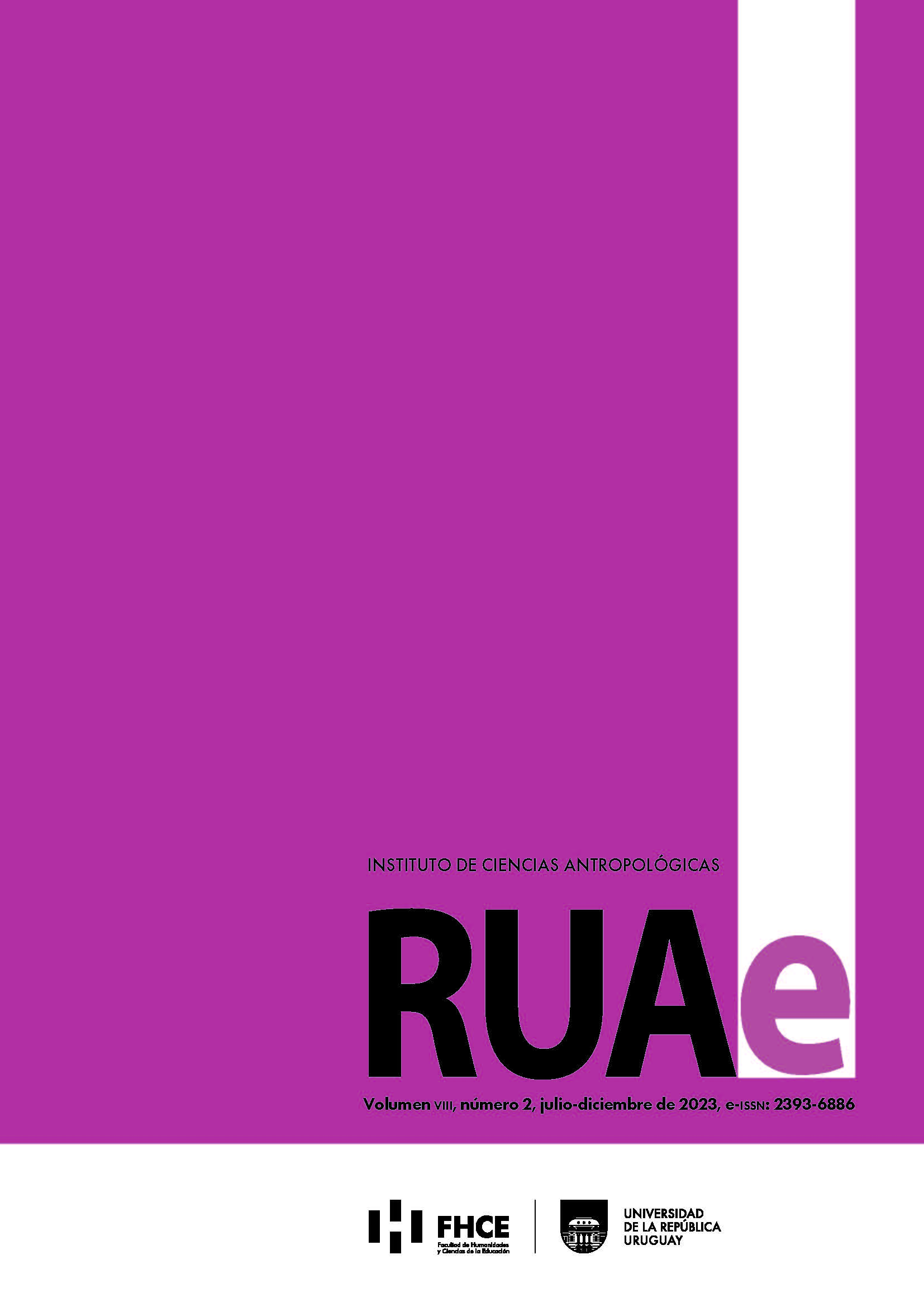Women and drug trafficking in Peru: trajectories to crime between violences and resistances
Published 2023-11-20
Keywords
- mujeres - género - violencia - tráfico ilícito de drogas - trayectorias de vida
- women - gender - violence - drug trafficking - life trajectories
- mulheres - gênero - violência - tráfico ilícito de drogas - trajetórias de vida
How to Cite
Copyright (c) 2023 Adriana Isabel Fernández Godenzi, Valeria Lindley Llanos, Macarena Gonzalez Espinosa, Ana Sofía Carranza Risco

This work is licensed under a Creative Commons Attribution-NonCommercial 4.0 International License.
Abstract
In Peru, more than half of the women in prison are incarcerated for a crime related to illicit drug trafficking (IDT). In this article we analyze, from a feminist approach and narrative analysis, 57 interviews with women imprisoned in the six prisons with the largest population imprisoned for IDT in Peru. The results show five trajectories towards IDT: 1) Involvement due to economic urgency, 2) Involvement due to deception, 3) Involvement because IDT is validated as work, 4) Involvement linked to their partner relationship, and 5) Involvement due to unexpected and painful events. In feminist research, trajectories allow us to narrate realities that transcend individuality, showing the impact of macro-social circumstances and structural failures in everyday lives. From the analysis, we observe that both structural violence—linked to economic precariousness and scarce development opportunities—and the construction of a traditional feminine subjectivity—expressed in “being of others” and “being for others”—place them in situations of vulnerability for their involvement in this crime, which coexists with different levels of autonomy and agency on their part.





